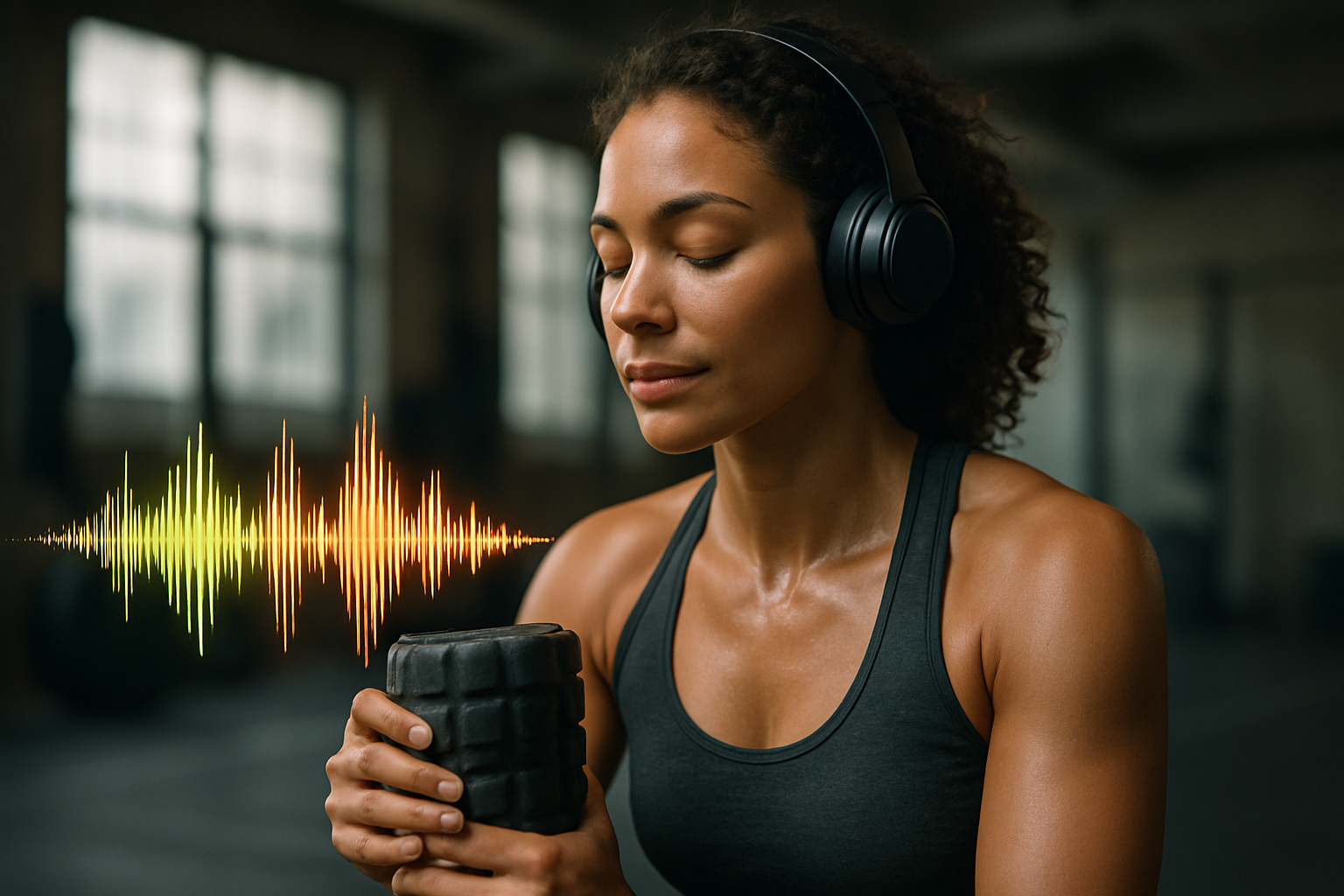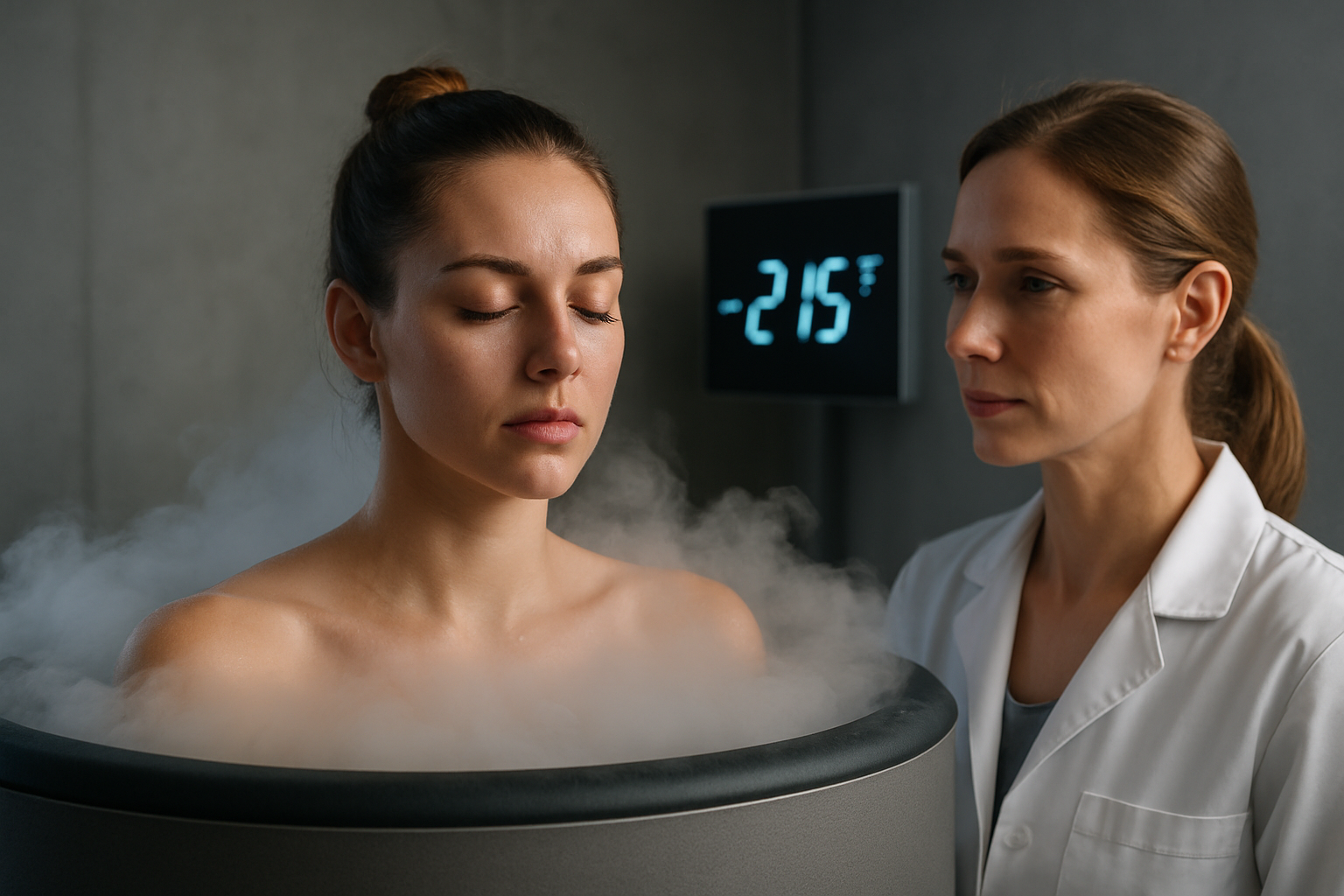Sonic Stimulation: The Next Frontier in Fitness
In a world where fitness trends come and go, a revolutionary approach is gaining traction, harnessing the power of sound to transform our physical well-being. Sonic stimulation, a cutting-edge technique that uses carefully calibrated audio frequencies to enhance workout performance and recovery, is poised to reshape the fitness landscape. This innovative method combines the latest advancements in neuroscience, acoustics, and exercise physiology to create a truly immersive and effective fitness experience. As gyms and fitness enthusiasts alike seek new ways to optimize their routines, sonic stimulation offers a tantalizing glimpse into the future of exercise, promising improved results and a deeper mind-body connection.

Research has shown that different frequencies can elicit various physiological responses. For instance, beta waves (13-30 Hz) are associated with alertness and focus, while alpha waves (8-12 Hz) promote relaxation and creativity. By strategically applying these frequencies during different phases of a workout, sonic stimulation aims to optimize both mental and physical states for peak performance.
Moreover, certain low-frequency sounds have been found to stimulate the production of nitric oxide in the body, a molecule crucial for vasodilation and improved blood flow. This enhanced circulation can lead to better oxygen and nutrient delivery to muscles, potentially improving endurance and reducing fatigue.
Implementing Sonic Stimulation in Workouts
The application of sonic stimulation in fitness routines is both diverse and adaptable. Specialized headphones or speakers deliver precisely tuned soundscapes that complement various workout phases. For high-intensity interval training (HIIT), for example, the audio might incorporate rapid, driving beats synced to beta wave frequencies, helping to maintain focus and energy throughout intense bursts of activity.
During strength training, lower-frequency sounds could be used to promote muscle relaxation between sets, potentially reducing the risk of injury and improving overall form. Some advanced systems even adjust the audio in real-time based on biofeedback from wearable devices, creating a truly personalized sonic experience.
Recovery sessions benefit from alpha and theta wave frequencies, which can induce a meditative state and promote faster muscle repair. These calming soundscapes may also incorporate binaural beats, a technique where slightly different frequencies are played in each ear, creating a perceived tone that can further enhance relaxation and recovery.
Benefits and Potential Outcomes
Proponents of sonic stimulation in fitness report a range of benefits, from improved focus and motivation to enhanced physical performance and faster recovery times. Early studies have shown promising results, with participants experiencing increased endurance, better coordination, and reduced perceived exertion during workouts accompanied by tailored sound frequencies.
The mental aspects of fitness are equally impacted. Many users report a deeper sense of mind-body connection, improved mood, and reduced anxiety associated with exercise. This psychological boost can be particularly beneficial for individuals who struggle with motivation or gym anxiety.
Furthermore, the non-invasive nature of sonic stimulation makes it an attractive option for athletes and fitness enthusiasts looking for legal, safe methods to enhance their performance. Unlike performance-enhancing drugs or extreme training methods, sonic stimulation poses minimal risks when used correctly.
Challenges and Considerations
While the potential of sonic stimulation in fitness is exciting, it’s not without challenges. One primary concern is the need for standardization and quality control in the production of sonic stimulation programs. Without proper guidelines, ineffective or potentially harmful frequencies could be marketed to unsuspecting consumers.
Additionally, individual responses to sonic stimulation can vary widely. Factors such as personal hearing sensitivity, pre-existing medical conditions, and even cultural background can influence how one responds to certain frequencies. This variability necessitates a cautious, personalized approach to implementing sonic stimulation in fitness routines.
Privacy concerns also arise with the increasing integration of biofeedback and personal data in sonic stimulation systems. As these technologies evolve, safeguarding user information will become crucial to maintain trust and widespread adoption.
The Future of Sonic Fitness
As research in this field progresses, we can expect to see more sophisticated and targeted applications of sonic stimulation in fitness. Future developments may include:
-
AI-driven soundscapes that adapt in real-time to an individual’s physiological and psychological state.
-
Integration with virtual and augmented reality systems to create immersive, multi-sensory workout experiences.
-
Personalized sonic “prescriptions” tailored to specific fitness goals and health conditions.
-
Widespread incorporation of sonic stimulation technology in fitness equipment and wearables.
The potential for sonic stimulation to revolutionize the fitness industry is vast. As our understanding of the intricate relationship between sound, brain function, and physical performance deepens, we may find ourselves on the cusp of a new era in exercise science – one where the power of sound becomes an integral part of our quest for peak physical and mental wellness.
In conclusion, sonic stimulation represents a fascinating convergence of technology, neuroscience, and fitness. While still in its early stages, this innovative approach holds promise for enhancing workout experiences, improving performance, and accelerating recovery. As research continues and technology advances, sonic stimulation may well become a standard feature in gyms and personal fitness routines worldwide, offering a harmonious blend of science and sound to elevate our physical pursuits.





